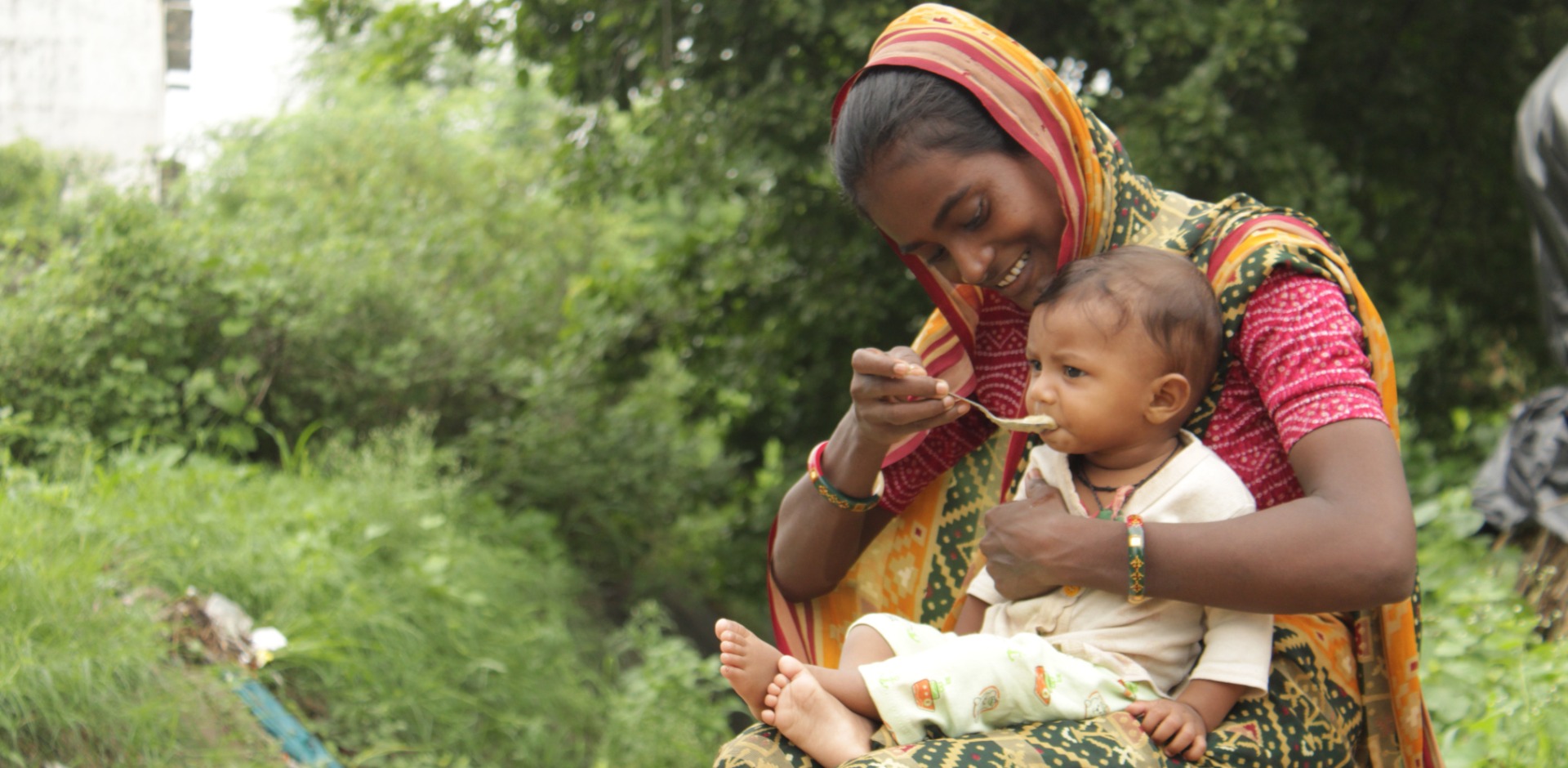
This Holiday Season, Give the Gift of Hope
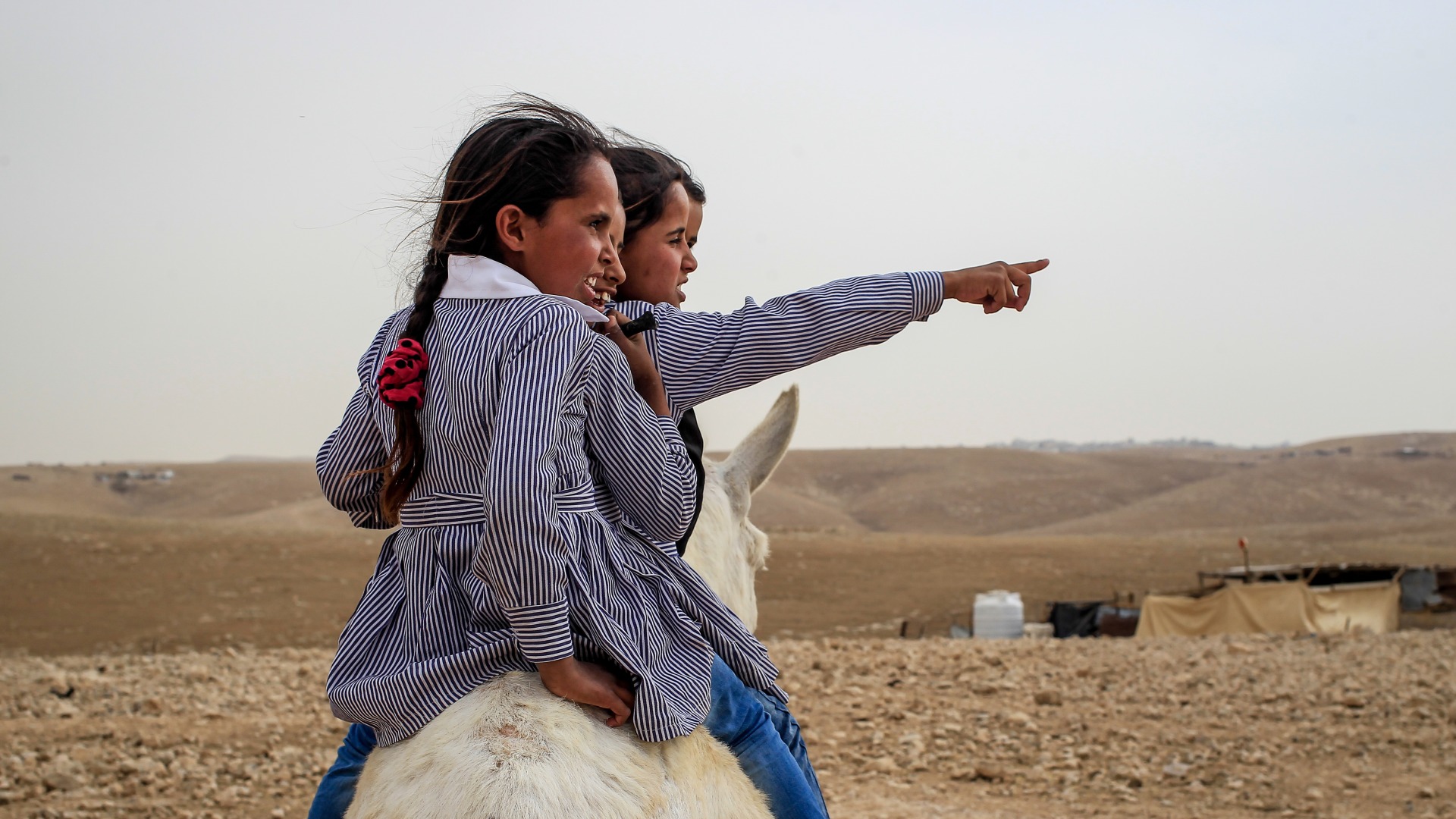
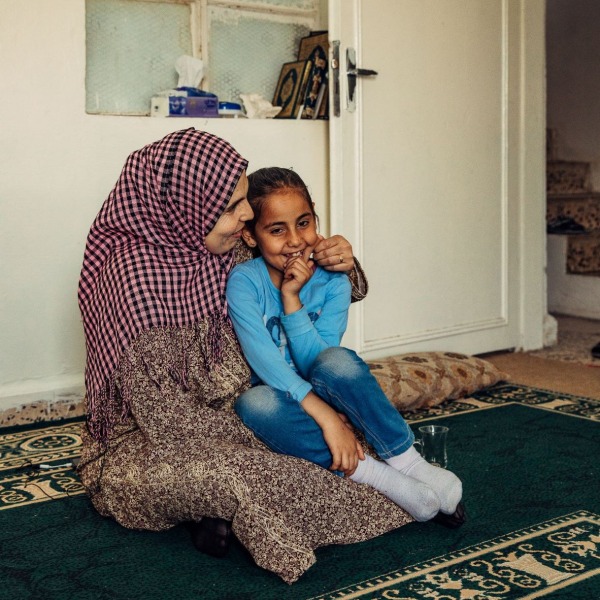
Conflict and climate crises have driven millions of people in the Middle East into hunger and poverty.


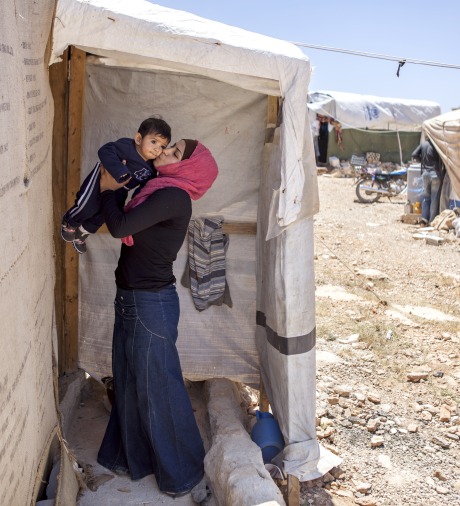
Hunger in the Middle East and surrounding countries has risen since 2014 due to protracted humanitarian crises and conflicts. Extreme climate events have made food difficult to grow and clean water hard to find.
Action Against Hunger works in six Middle Eastern countries, responding to emergencies and providing communities with access to nutrition, health services, clean water, and sustainable solutions to hunger.

People Face Hunger in the Arab Region
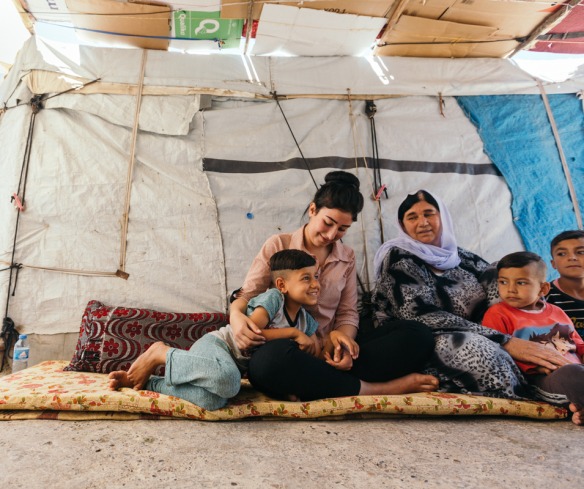
1 in 5 Children Under 5 in the Arab Region Are Chronically Malnourished
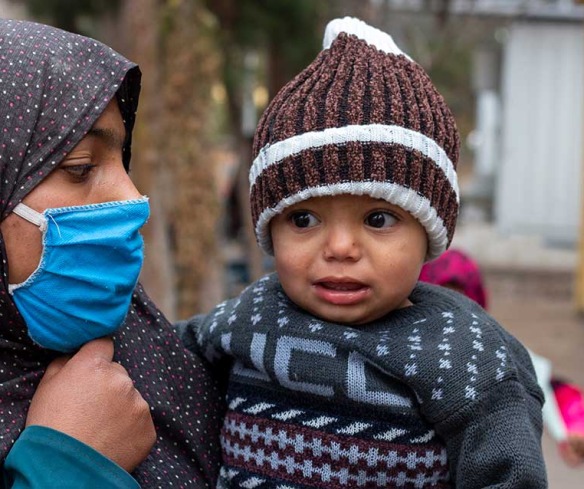
More People Facing Hunger in the Arab Region Since 2000

Years of conflict in Iraq have left 1.2 million people displaced in the country.
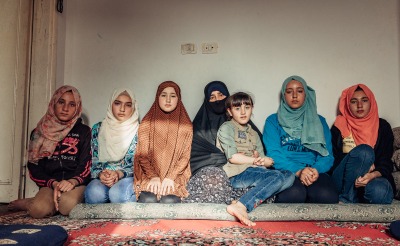
Host to 760,000 refugees, Jordan is one of the most water-scarce countries in the world.
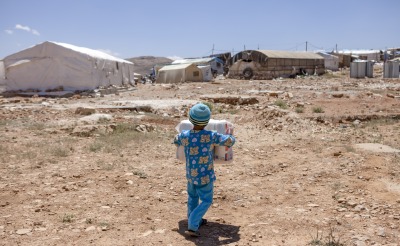
Lebanon faces a political and economic crisis, and more than half of the population lives in poverty.
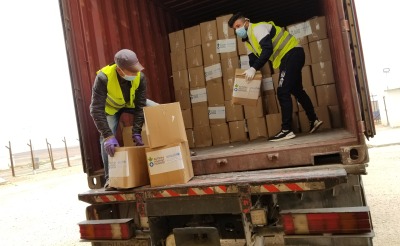
Millions of Palestinians in the West Bank and Gaza endure conflicts and severe restrictions on daily life.

Action Against Hunger provides food, water, and mental health care to conflict-affected communities in Syria.
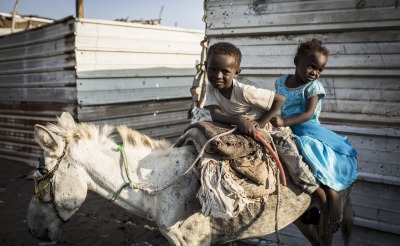
Conflict has pushed millions of Yemeni people into a devastating humanitarian crisis.
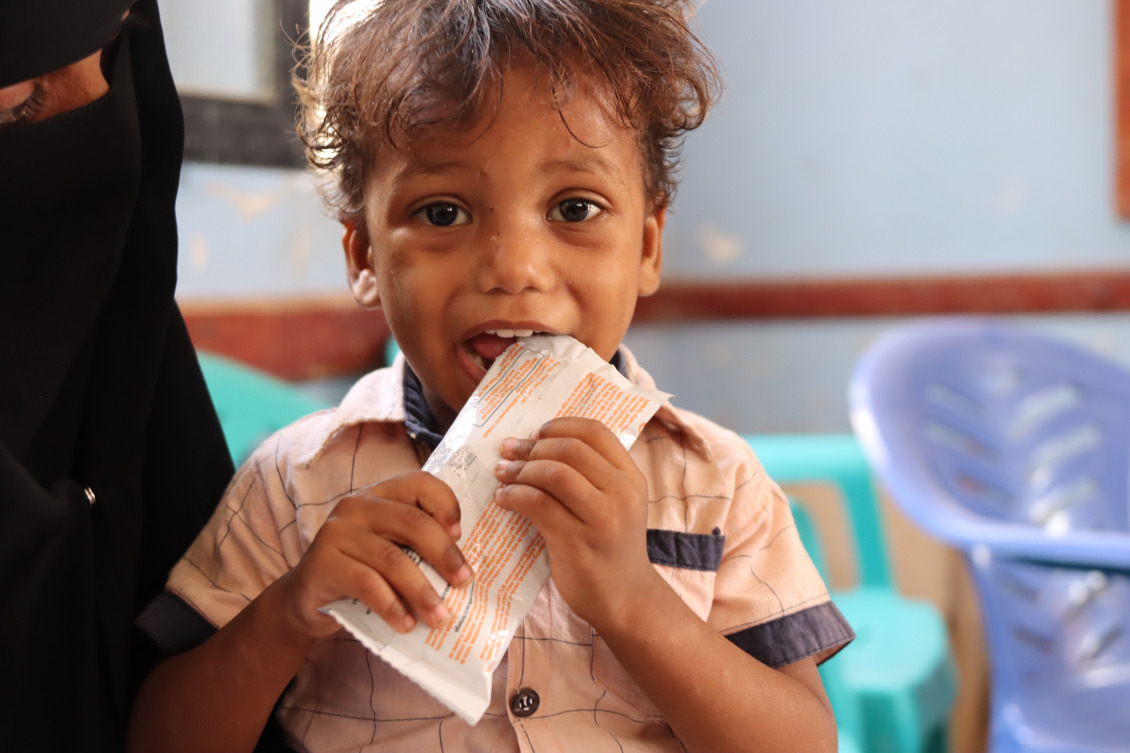
Watheek was born in displacement. His family was forced to flee their home when the war in Yemen worsened. With six children living in a small one-room house, his parents struggle to get by. Watheek suffered from malnutrition when he was two years old and Action Against Hunger’s team saved his life.
Watheek’s mother, Tasmeem, worries about their future. Her husband is considering travelling farther away from the family to find better opportunities for fishing.
“It’s so scary for me to think that I will be alone here with my children waiting to hear from him,” Tasmeem told us. “When there are conflicts, they cut the roads off and we cannot reach him via phone because they also cut the contacts. It is here where we start to drown in despair thinking that he might be dead. It’s difficult for me, him and especially the children, but these are the kind of life or death decisions we make every day.”
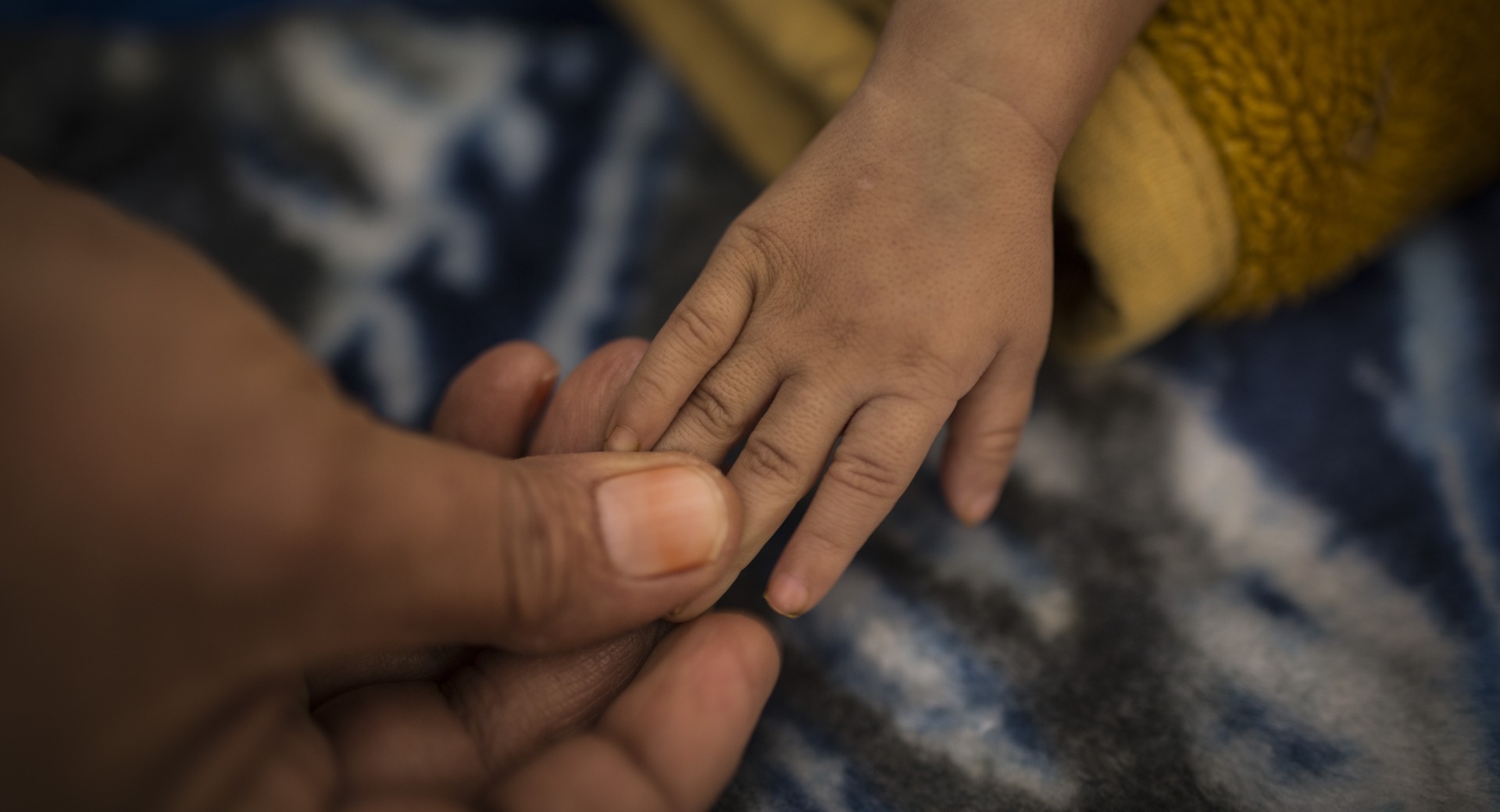
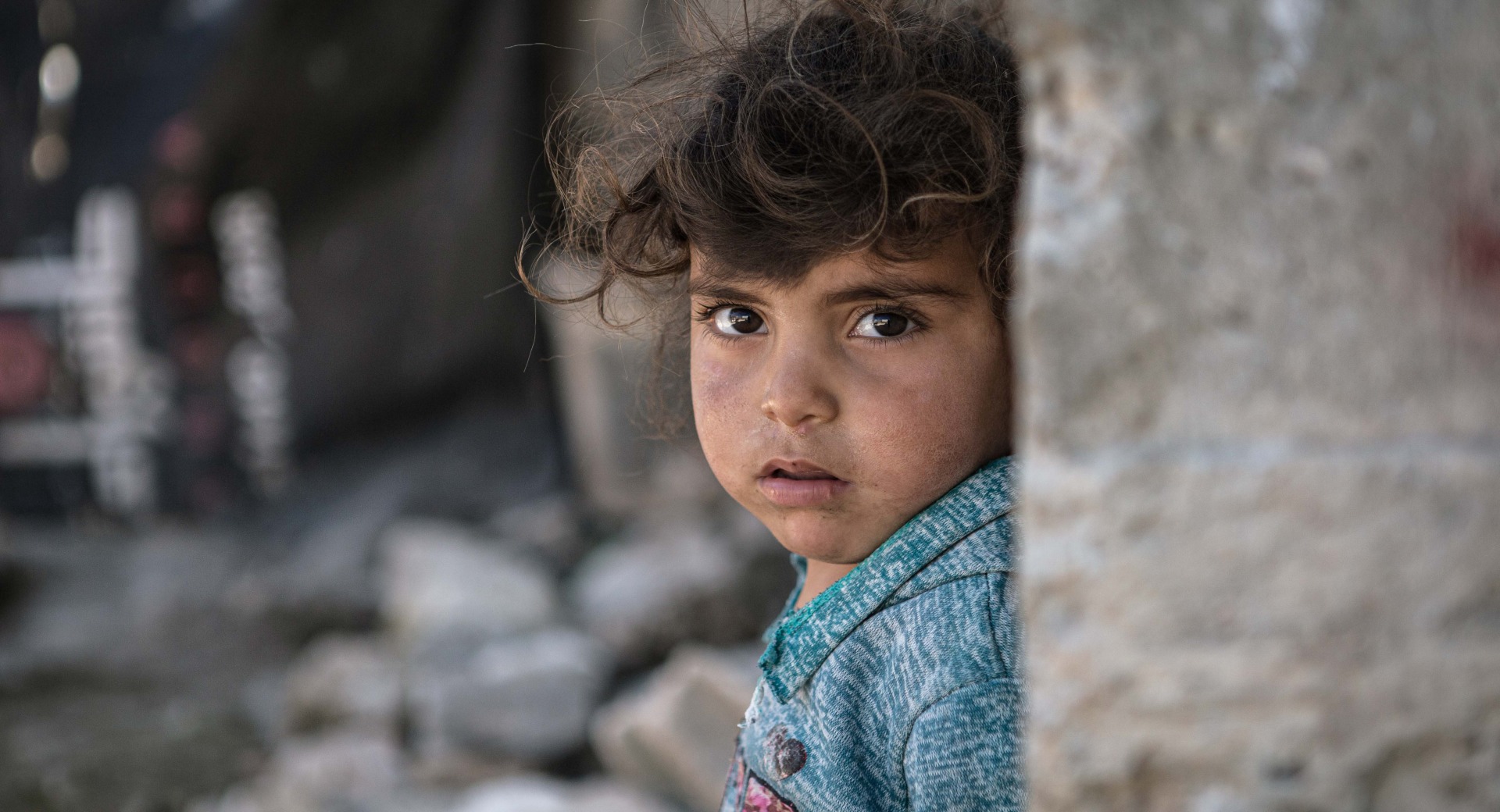

“I felt so happy my baby was alive. I was no longer at risk and came back home with my lovely baby. I always thank God and Action Against Hunger for their support."”
— Hayat, who gave birth safely with support from Action Against Hunger
Across the Middle East region, Action Against Hunger supports refugees, internally displaced people, and host communities.
“It is not just about concrete needs, such as money to start a business, but also about meeting psychological and emotional needs. After a crisis, we all need special support to face difficulties and begin our lives again."”
— Andrea, program manager in Iraq
Across the Middle East, Action Against Hunger supports communities enduring the consequences of conflict: displacement, destroyed infrastructure, mental health needs, and shortages of food, water, and other supplies.
We prevent and treat malnutrition in children, mothers, and other vulnerable groups and we support local governments, parents, and communities to improve nutrition and health services. Our teams also educate people and encourage behavior change to help prevent hunger from occurring in the first place.
Our food security and livelihoods programs empower vulnerable communities to improve their access to food, income, and markets. We train and build the capacity of small-scale farmers to implement climate-smart agriculture techniques, increase production, raise livestock, and grow more nutritious crops.
In conflicts and natural disasters, we improve access to clean water, safe sanitation, and good hygiene and provide cash transfers to help families buy what they need.